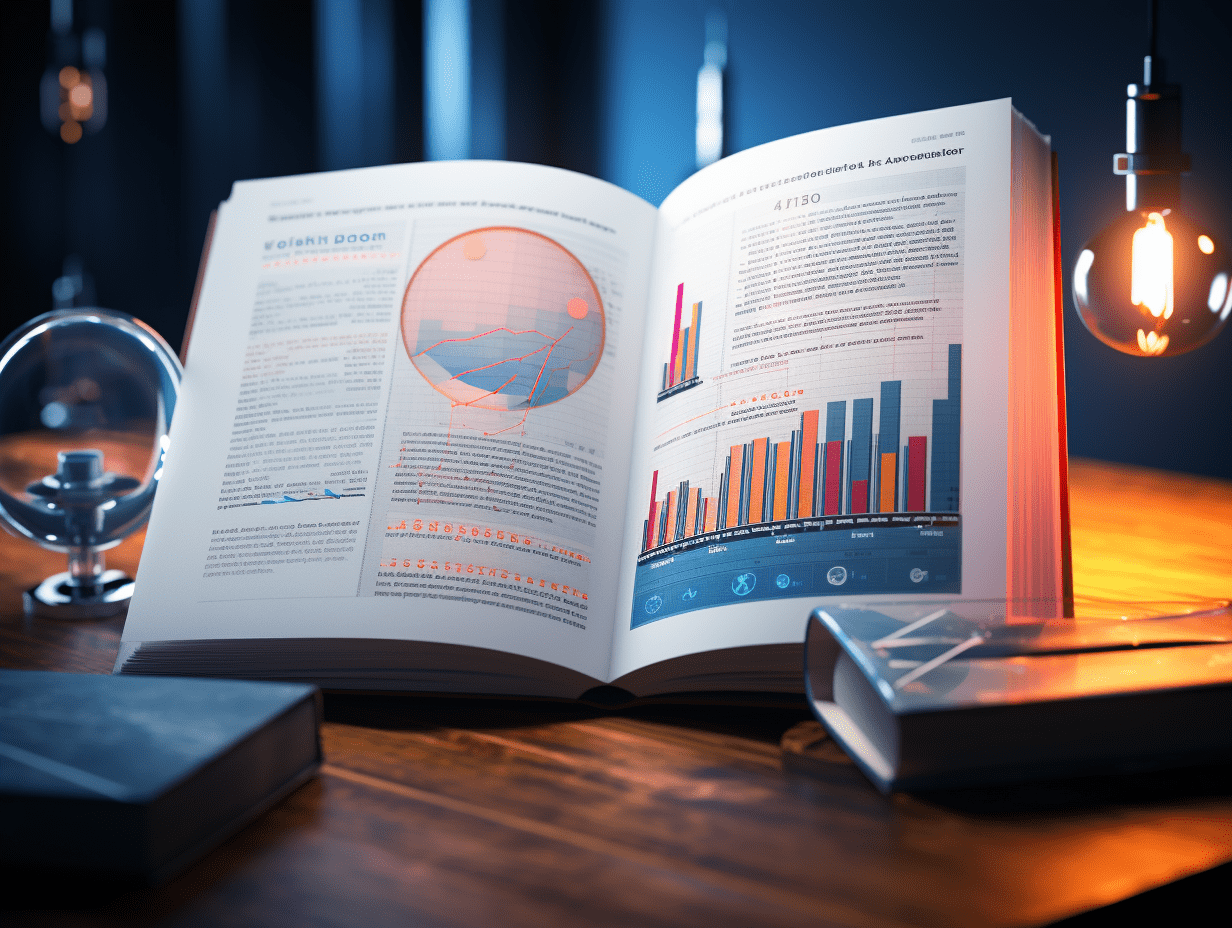The vulture smelled blood! Hedge fund shorts American private credit giants
Shorting the seven largest private lending institutions in the United States has already earned a profit of $1.7 billion this year. Private lending institutions usually provide loans to small and medium-sized enterprises, but as the economy slows down and trade wars intensify, the financial situation of borrowers is deteriorating, increasing the risks faced by these institutions.
This year, American hedge funds have been aggressively shorting private credit institutions, and have already made $1.7 billion in profit.
On May 4th, according to media reports, the seven largest direct lending institutions in the United States (such as Apollo Global Management, Ares Management, and Blue Owl Capital) have been facing strong pressure from short sellers. According to data from S3 Partners LLC, short sellers have already made $1.7 billion in profits from betting against these institutions.
The operation model of private credit institutions is usually to provide loans to small and medium-sized enterprises. However, with the economic slowdown, ongoing trade wars, and worsening financial conditions of borrowers, the risks facing these lending institutions are gradually increasing.
Therefore, hedge funds betting against these risk factors could lead to major issues in the private credit market. Although these lending institutions have been claiming that the market volatility brought by trade wars is a good opportunity for them to capture more market share, their stock prices have been declining continuously in recent months.
Deteriorating financial conditions of borrowers
First and foremost, a major concern in the private credit sector is the deteriorating credit quality of borrowers. The International Monetary Fund (IMF) warned last month that the deterioration in credit quality of borrowers has not yet been reflected in the loan valuations of these institutions, causing significant concern in the market.
Moreover, intensified competition among private credit funds in the market has led to a compression in loan return rates, with many funds lending to weaker and smaller companies, which are the most vulnerable to problems during an economic downturn. Additionally, many direct lending institutions have not experienced prolonged economic downturns, making it difficult to predict how their loan portfolios would perform in such situations.
Scott Roberts, Senior Managing Partner at Belvedere Direct Lending Advisors, commented on this issue:
Overestimation of PIK loans
In addition, there is another potential risk that cannot be ignored - the valuation of direct loans. The Bank of International Settlements noted last year that only 40% of private credit funds reporting data to the U.S. Securities and Exchange Commission use third-party evaluations.
Jeffrey Diehl and Bill Sacher of Adams Street, which manages $620 billion in assets, wrote in a report last week:
"There is ample evidence to suggest that direct lending institutions are covering up problem loans, delaying defaults and bankruptcies for optimistic and/or self-interest reasons, leading to potential overestimation of loan valuations, portfolio yields, and fund returns."
They are particularly concerned about PIK loans, as more and more borrowers are opting for PIK loans to address cash flow pressures. In traditional loans, borrowers are usually required to pay interest on the loan in cash. However, in PIK loans, borrowers use other means (such as equity or debt instruments) to pay interest, often leading to overestimation of the valuations of these loans.
Data from Bloomberg's BDC sample tracked by industry research shows that in the fourth quarter of the previous year, over a quarter of net investment income came from PIK loans. Ernst & Young wrote in a report last month:
"The valuation of PIK loans is unexpectedly high, with about 75% of valuations exceeding 95 cents on the dollar by the end of September. This difference has raised questions about valuation consistency, especially when compared to valuations of similar loans in the public market, which are usually lower."
This article is from "Wall Street News", author: Fang Jiayao, GMTEight editor: Li Cheng
Related Articles

Bank of America's Hartnett: The market is expecting Trump to shift towards "lowering tariffs, lowering interest rates, and lowering taxes."

Ministry of Transport: On May 3, the total number of inter-regional personnel movements reached 289.775 million.

How should investment portfolios respond to a trade war? Answer from the world's largest sovereign fund: tolerate! Even if it means losing 600 billion.
Bank of America's Hartnett: The market is expecting Trump to shift towards "lowering tariffs, lowering interest rates, and lowering taxes."

Ministry of Transport: On May 3, the total number of inter-regional personnel movements reached 289.775 million.

How should investment portfolios respond to a trade war? Answer from the world's largest sovereign fund: tolerate! Even if it means losing 600 billion.

RECOMMEND

Berkshire Hathaway Shareholders Meeting Q&A Live: Buffett Talks about Trade, Japan, and Cash Deployment in 2025.
03/05/2025

Why has net profit significantly decreased? Berkshire Hathaway (BRK.A.US) 2025 Q1 management discussion and analysis of financial condition and operating results.
03/05/2025

Buffett's designated successor - Who is Greg Abel? Can he continue the legend of the "Stock God" Buffett?
03/05/2025


